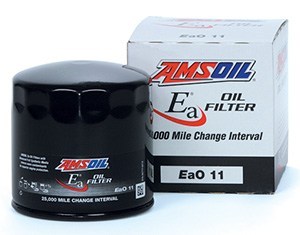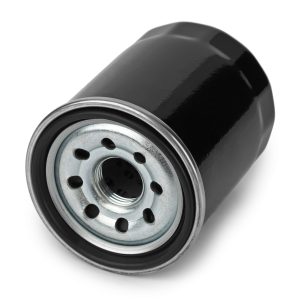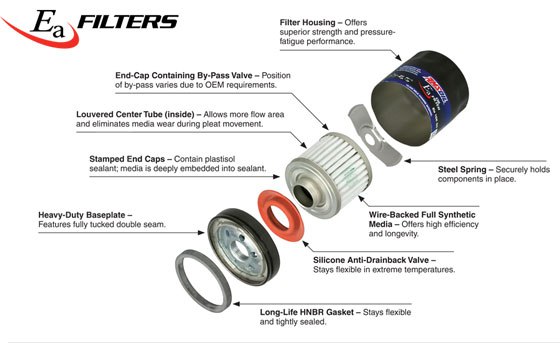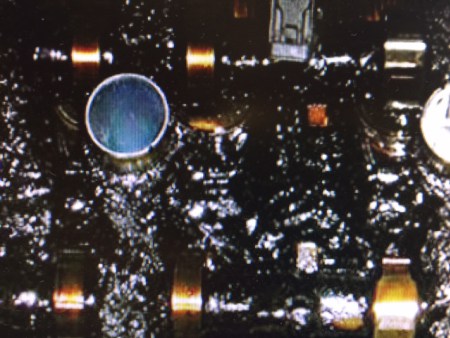Winter (Cold) flow wear factors in your engine
Engineers agree that most engine wear occurs during cold starts. While the exact percentage depends on several factors and is difficult to define, the reasons include the following…
- A richer air/fuel mixture at startup washes oil from the cylinder walls
- Condensation forms inside the engine that causes rust and corrosion
- Cold piston rings and cylinders don’t seal as well, causing combustion gases to “blow by” the rings and contaminate the oil
- Gravity causes much of the oil to fall back into the oil sump, leaving components unprotected
- Cold oil doesn’t flow immediately at startup, temporarily starving the engine of oil
While all these factors are important, lack of oil due to poor cold-flow properties is the biggest culprit. Fortunately, there’s something you can do about it.
“Cold” isn’t just for winter
First, it’s important to define a “cold” start. While true that oil thickens more in sub-zero winter weather and causes increased starting difficulty, an engine is considered “cold” after it’s sat long enough to cool to ambient temperature, typically overnight. Even in warm climates, cold-start wear is a problem.
The oil inside your engine cools as it sits overnight. As it cools, its viscosity increases (it thickens). When it’s time to start your vehicle in the morning, the thicker oil doesn’t flow through the engine as readily as it does when it’s at operating temperature. It’s during this time that vital engine parts can operate without lubrication, increasing wear.
The problem is more pronounced the colder it gets, particularly if you’re using conventional motor oil.
Waxes solidify in the cold
Conventional lubricants contain paraffins, or waxes, that solidify when the temperature drops. These waxes cause the oil to thicken. In the comparison shown here, we cooled a conventional oil and AMSOIL Signature Series 5W 30 Synthetic Motor Oil (ASL) to -40ºF. The conventional oil on the left thickened so much it barely flowed from the beaker. If that oil were inside your engine on a cold morning, it could prevent the crankshaft from spinning fast enough to start the engine, leaving you stranded. Even if the engine started, you wouldn’t be out of the woods. Thick, cold oil can fail to flow through the tiny screen openings on the oil pickup tube (see facing page), starving the engine of oil for several vital moments before the oil begins to heat up and flow throughout the engine.
In addition, thick oil can fail to flow through the tiny passages in the crankshaft to lubricate the main bearings. Similar oil passages in the camshaft ensure the engine’s upper end is lubricated (see facing page). The further away from the oil pump these oil passages reside, the longer it takes the oil to reach components at startup, placing your engine at increased risk of wear.
Poor lubricant cold-flow properties can also affect variable valve timing (VVT) systems. Engines equipped with VVT have solenoids with tiny openings through which the oil flows and acts as a hydraulic fluid to actuate VVT components. The solenoid pictured to the right, from a Ford* 3.5L EcoBoost* engine, contains openings .007 inches across – about the thickness of two sheets of paper. Oil that fails to flow through these tiny passages reduces VVT performance and can trigger a check-engine light.
Here’s how to protect your engine
AMSOIL synthetic motor oils provide better cold-flow properties than conventional oils. Our synthetic base oils don’t contain the waxes inherent to conventional oils. As a result, they demonstrate reduced pour points and provide increased fluidity during cold starts. This translates into oil that flows almost immediately through the oil pickup screen and other tiny oil passages when you start your engine, protecting it against wear.
Look at the oil’s pour point to gauge its ability to flow quickly at startup, typically reported on the oil’s data bulletin. Pour point is the coldest point at which an oil will flow. Lower values equal improved cold-flow and maximum wear protection. AMSOIL Signature Series 5W-30 Synthetic Motor Oil, for example, provides a pour point of -50ºF (-58ºC).
Pique prospects’ curiosity
This type of information can help you create curiosity about AMSOIL products and lead someone from not looking for lubricants to looking for AMSOIL products. Ask pointed questions or provide useful information, such as…
- Most engine wear occurs during cold starts. Do you take steps to guard against start-up wear?
- Even in warm climates an engine is considered “cold” after it’s sat overnight.
- Do you ever have trouble starting your truck on cold mornings?
Once they’ve shown interest, offer more technical explanation if required and offer AMSOIL synthetic motor oil as a solution to difficult cold starts and accelerated cold-start wear.
A little known fact
The differences in brands comparing a 5W-30 to the protection of a 10W-30 or 0W-30 can even be critical to the prevention of wear in the 50 to 65 degree F range. So just because you may live in a southern climate doesn’t mean you are in the green with a older specification viscosity.. A more advanced oil brand allows you to take advantage of the tech of the latest (lowest allowable) start-up viscosity year round.







